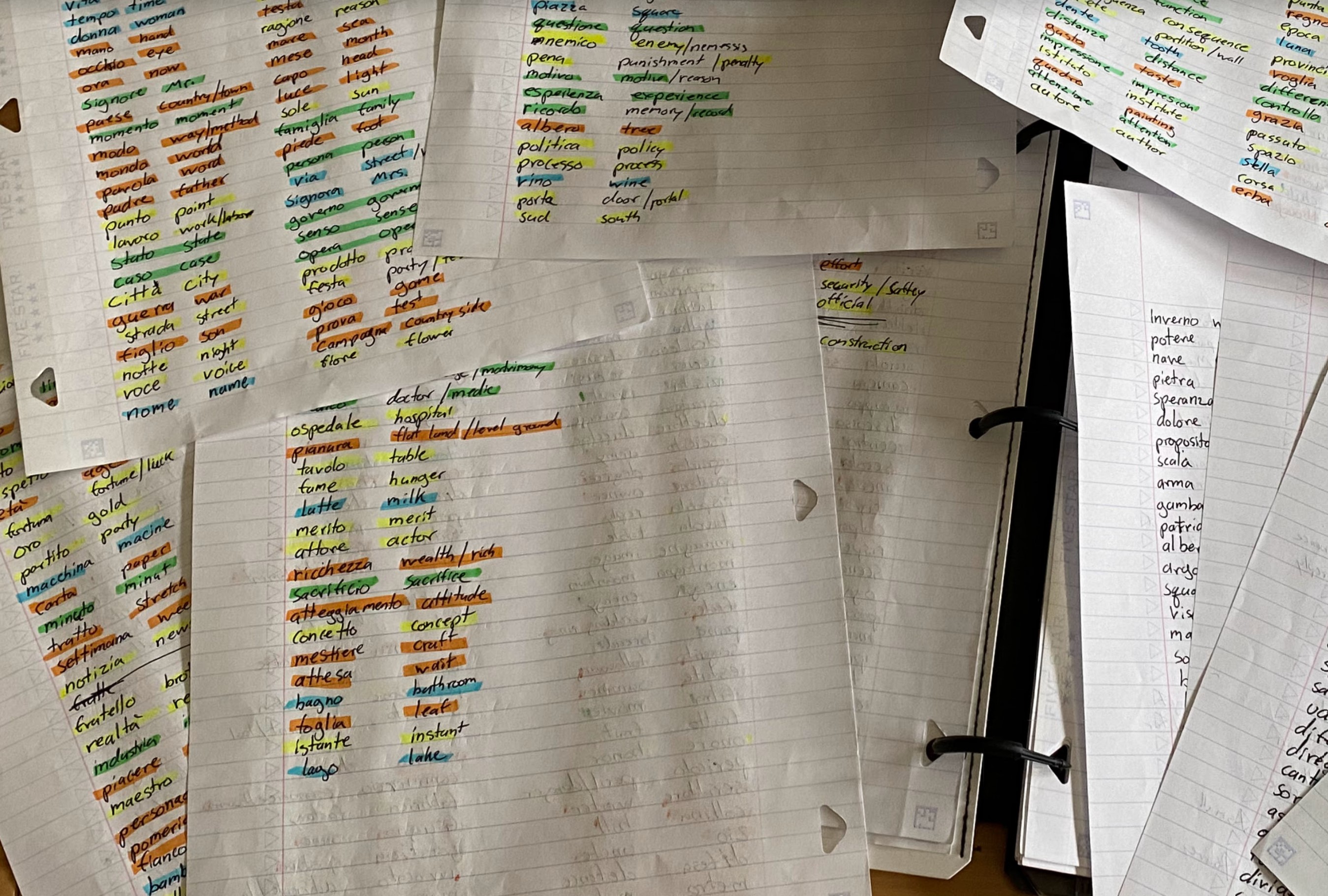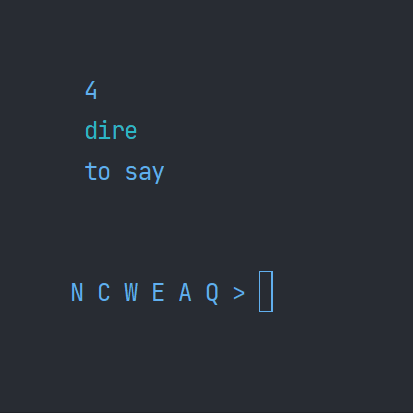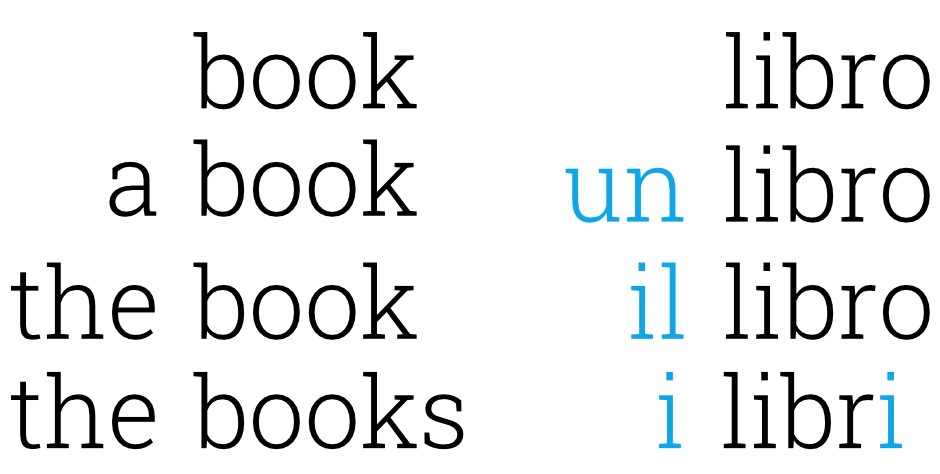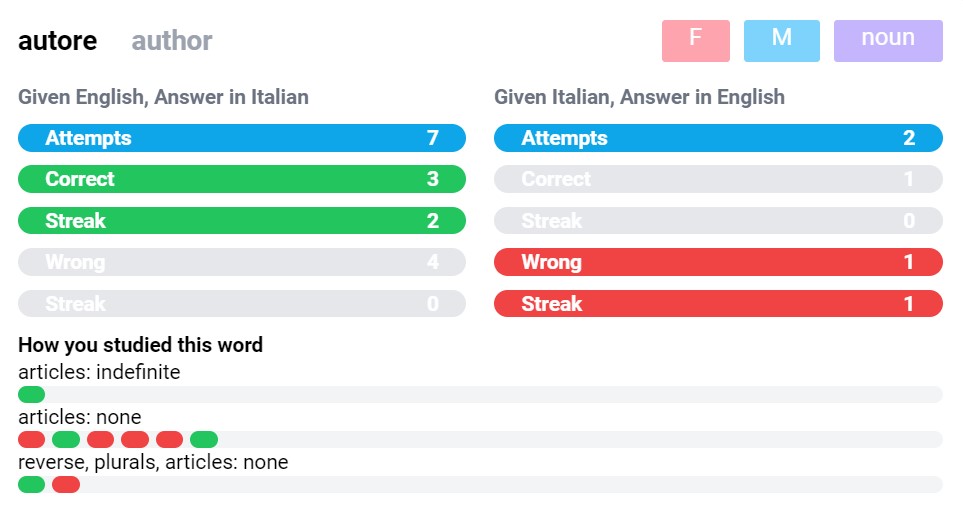About Me and the Story of 1000 Italian Words

My name is Anthony and this is the story of 1000 Italian Words. If you are reading this page, chances are you are interested in learning Italian like I am. Here’s why I’m learning Italian and why I created this learning tool.
This is a rather long story and if you are short on time, feel free to read the Too Long; Didn't Read version of this story below, instead.
TLDR
- As an Italian American, I wanted to learn Italian to better connect with my ancestral home country and culture.
- The method of learning Italian I wanted to focus on is learning the 1000 most frequent words in order to quickly understand and be understood in conversation and when consuming content in Italian.
- The existing solutions such as working with paper flashcards, online lists and tools, weren’t working for me.
- Being a software engineer, I opted to develop and create my own solution that suited my needs for studying
- I decided to take what I built and offer it online for a modest fee for premium features and to help keep public content distraction and ad free. In addition, the fee helps fund hosting and development costs for existing and new features.
- 1000 Italian words should be treated as one of many study tools you utilize in your language learning journey. I offer no promise of fluency, or speaking like a native. Like you, I’m simply looking for the right tools and solutions available along the way.
My Motivation
I was born and grew up in New Jersey / New York City area and like many people from that area, I am an Italian American. My great-grandparents moved from Italy in the early 1900s, but ironically, nobody in my family today can speak Italian. This is partly due to when families moved from Italy, they spoke a specific dialect which was often different from other dialects that other families who immigrated from different parts of Italy spoke. In addition, many families wanted to assimilate and become American and a push to learn and use English was prioritized over preserving their native language.

Fast forward to today, and I have a goal of reconnecting further with my ancestral home. I’ve traveled to Italy three times, yet always felt the culture and people out of reach. Compared this to traveling on a trip to London where it was much easier doing everyday things due to being able to understand what people or signs were saying and be understood by people when conversing back, the foundations of communication. The next time I travel to Italy, I want to experience it again like I experienced traveling to London, with ease and being able to simply talk to the people and immerse myself further into the culture.
Not Being Satisfied with Existing Courses
During my search for a solution which works for me, I’ve windowed shopped the existing courses and methods for learning Italian. I’ve tried Duolingo, but honestly, I got very tired of typing “The boy eats the apple”, many, many times. I also looked at other more establish pricey courses, to become “fluent” in Italian but fluency takes many, many years, and most likely you and I simply won’t get there unless we live in Italy.
My three-year-old has been immersed in English since she was born and after three years of nothing but English, she speaks like a caveman. But speaking like a caveman is fine! I understand her, and for the most part, she understands me, and we can communicate, get through tasks, ask for help, etc. It works.
So, what does a three-year-old actually know? A quick Google search will show about 1000 words. There just so happens to be a method to learning a new language by focusing purely on the most frequently used words, with the idea that these 1000 words are used 80% of the time in conversations, media, news, etc. There are also a few YouTubers who have followed this approach have demonstrated that they can understand, and be understood. This is the method I wanted to go with as well.
Starting with Pen and Paper
In a similar fashion to the YouTubers, I began with pen and paper. And in most cases, when I really want to learn or comprehend a topic or subject, I’ll go to paper. I eagerly created my stack of 1000+ index cards, writing the Italian on the front, English on the back. I began filling up a notebook, and highlighting key parts of words etc. but I wanted something better. Working with a list of 1000 words can be fairly unwieldy, and anytime you want to sort those words into categories, modify them via pluralization, conjugating a verb and so it, you have to continually write out everything, which takes up a LOT of time.

Physical cards also cannot gain any benefits that software can provide, such as tracking your results over time, such as percentage correct, your streaks, your gaps etc. Again, any insight you want to gain needs to be manually tracked and calculated. I wanted the ability to just glance over everything from a bird’s eye view and immediately know where I needed to focus more. To me, pen and paper just wasn’t working.
Searching for a Solution
The 1000 words method, or frequency method of learning a language is a very flashcard heavy approach to learning a language. The goal is to memorization as fast as possible and in nearly every example of someone following this method, they have utilized flashcards.
Understanding this, I searched for pre-existing decks online which use flashcards. The most popular flashcard site is Quizlet but where Quizlet shines, is also its downside. Quizlet is a general-purpose flashcard service which can be used for anything; learning a language, biology terms, multiplication tables etc. and because of this, it needs to be simple enough to account for nearly any subject.
Other sites offered roughly the same experience and even some Italian learning sites had their own sets of flashcards, but all these solutions were only slightly better than their physical counterparts or just as good as Quizlet. I still wasn’t satisfied.
Creating my Own Solution
I’m a software engineer by trade, and I thought to myself, “…perhaps I should just write my own study tool.” and concluded, “why not?” At first, I wasn’t planning to build an online tool or service, I simply wanted to code a quick and dirty program to help me learn these 1000 Italian words quicker.
The first iteration of 1000 Italian words was nothing more than a small script I would execute and it would loop through each word, prompting me in Italian, and I would answer out loud before the answer showed. I would then type N for Next, C for correct, or W, for Wrong. This was ok, but I thought having audio would be even better. I wanted to hear the words too. To do this I then added the functionality where my program would utilize Google’s fancy text-to speech service and now I could hear each word as I studied them.

As I used my small program more and more, I thought of more ideas on how to make it better. I wanted to visualize my progress as I studied, I wanted to be able to modify words to generate new “flashcards”, and ultimately, I just wanted something with a more polished look at feel. At this point, I said what the heck, I’ll make it a webapp.
Building Something Better
A Better List
When I decided to make 1000 Italian words into a webapp I had the chance to try and make it the best possible resource for learning these words as possible. Other lists I’ve stumbled upon simply list the words with zero context. What’s a noun? What’s a verb? How are you supposed to know if you don’t know any Italian yet?
Step one was building a better list. In the list I provide on this site, I make sure to include the part of speech, the gender, and if it’s irregular or not. The more information the better. Another secret about my list is that there are actually a little over 1200 words. The reason being is that I made sure to include all the days of the week, the months, and generally words I thought someone would want to know. In addition, some Italian words don’t exactly translate correctly into English for example, in English we use the word “time” for what “time” of day it is, and how many “times” something occurred. In Italian, they have a different word for each of these concepts and I added a note to clarify that. The end result is a bigger, better list.
A Better Flashcard
Nearly all flashcard tools I’ve used are too basic; given a word, type the answer. I wanted a flashcard study tool which would help guide me to the right answer, as I felt I rather be corrected as early as possible rather than re-enforce a wrong answer. Because of this idea, I created a word bank on the bottom of study sessions which will reduce in size as you type. Using this approach, you may know what a word starts with, or it may be on the tip of your tongue and by typing what you know, the tool will help complete your thought, increasing the confidence you have in your available answers. In addition, sometimes a flashcard isn’t the best solution. In the case of verbs, it’s important to learn the proper conjugations, and a table is much better solution than a card, as you can see how the verb changes from one tense to the other, and see the patterns more clearly.

The reality of studying 1000 words with flashcards is that it actually requires many more flashcards than there are words. For example, each noun can be pluralized, and it also is accompanied by an article such as “a”, “an”, “the” etc. Let’s say we have 500 nouns and we’d want to study each noun in all its forms: plural, with article, without and so on. The result is over 2000+ flashcards needed! Nobody is going to hand write 2000+ cards and flip through them. It’s also rare that a site will even offer that many forms for that many words in digital flashcards. But luckily with software, we can program the rules of the language into the flashcard program itself and have it generate the other forms of the word, and that’s what this tool does. It’s able to provide many more flashcards and offer each word in many more contexts than only the word by itself.

Better Visibility
At this point, I felt I built a better list, and a better flashcard tool. The final thing I wanted out of a tool was to be able to quickly visualize my progress and see my gaps from a bird’s eye perspective. To solve this, each time a study session was completed, I would track various stats. This information included which modifiers I used to study those words, if I was prompted in Italian and answered in English or the other way around, and my answer history over time. Using all this data, I was able to create various visualizations which can highlight the good, the bad, and the ugly. This is what pen and paper could never achieve and what general-purpose flashcard apps didn’t offer me as well.

Offering it Online
Eventually I realized that what I was building was worth more than the sum of its parts. I wanted to be able to offer what I created to other people as well. I know I’m not the only one who wants to study using the word frequency method. I know I can’t be the only one who has also struggled with finding a good list, hates dealing with physical flashcards and just wants something more specialized than what other flashcard apps can provide.
With this understanding I set about refining this tool for general consumption online. But I wanted to make sure it was a pleasant experience. I hate ads as much as you do when viewing a site and after thinking about it for some time, I decided against monetizing this site via ads. When trying to learn something, it’s critical to remove distraction, and having ads would simply distract you and maybe put a few extra dollars in my pocket. To me it wasn’t worth it, and I’m simply too proud of what I built here to cover it with ads. I may look into affiliate programs to make a small commission on other products and services I think are relevant to someone learning Italian, but they will be subtle and relevant to the goal; Learning Italian
With that said, servers, my time maintaining the site, and addressing bugs and corrections does come at a cost and I decided to move most features behind a modest subscription fee. The monthly subscription fee is probably about the same you would spend on paper, notebooks, index cards, highlighters etc. anyway, but I believe it still wouldn’t offer nearly as much utility and value as what I’m offering here.
In addition to maintaining what I’ve built already, a subscription allows me to offer even more features and value over time as I’m always thinking of more and more ways to make this site and toolset better.
A Tool, not a Complete Solution
1000 Italian words doesn’t promise to make you fluent. It doesn’t promise that you’ll be communicating with ease in no time, and I’m not a native speaker of Italian. I’m simply a learner like you, and I wanted a tool which didn’t exist for the method of study I wanted to follow. Because of this, it’s important to know that 1000 Italian words should be treated as just one of many resources and tools for you to incorporate into your learning journey.
I’m not arrogant enough to say that this site is the end all be all of Italian learning sites. Like you, I’m also learning in different ways, using different resources and seeing what works and what doesn’t. I hope you find 1000 Italian words valuable in your journey and if you don’t or know how to make it better, feel free to provide some feedback. I’d love to hear your thoughts. Happy learning. Ciao!
